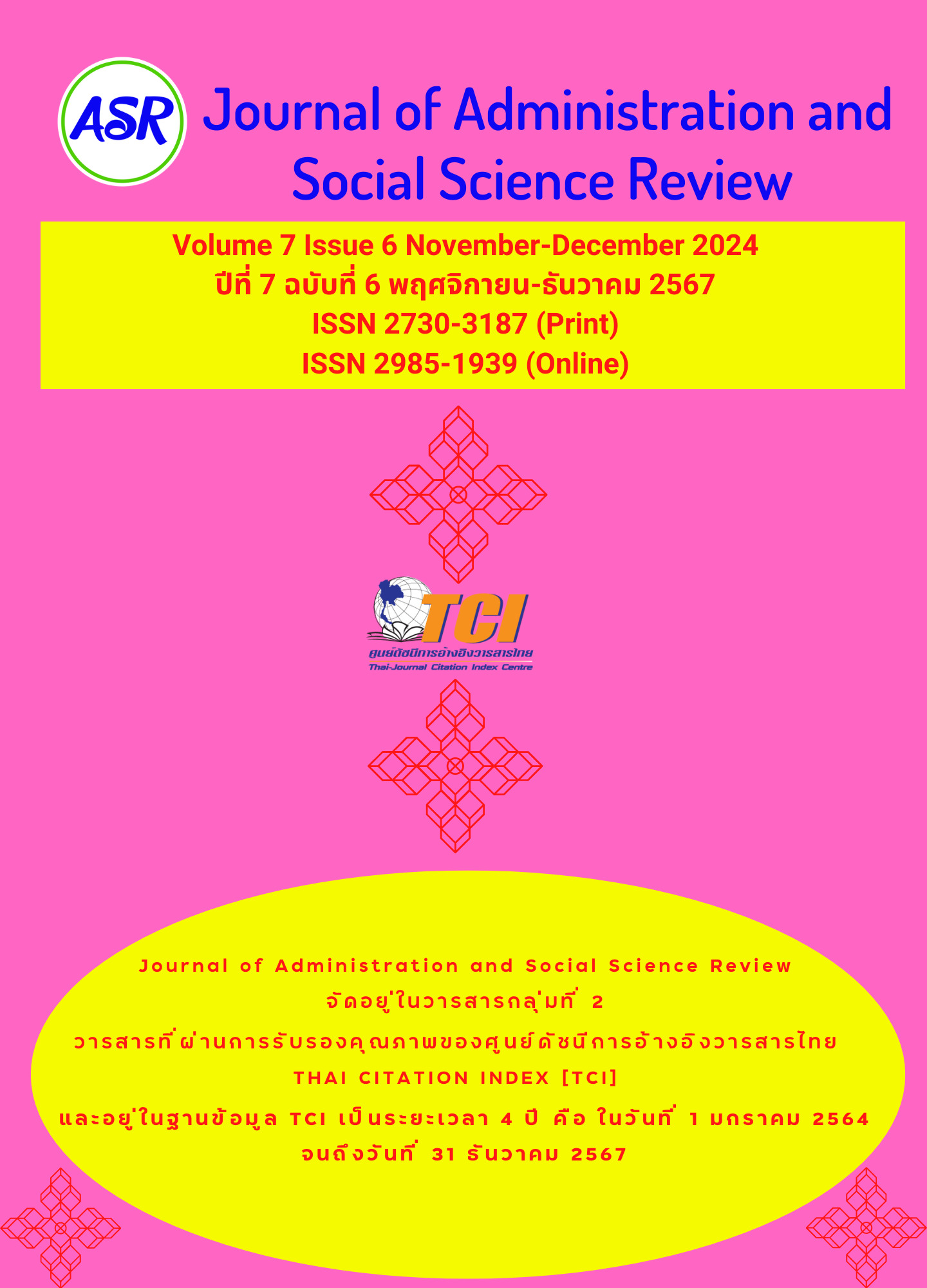Innovative Leadership of Executives Affected on Administration Management of District Learning Encouragement Center Chiang Rai Provincial Office Learning Encouragement
Keywords:
Department of Learning Encouragement (DOLE), educational institution management, innovative leadershipAbstract
This research aimed to study 1)innovative leadership of administrators, 2) management of educational institutions, and 3) innovative leadership of administrators, affecting the management of District Learning Encouragement Center Chiang Rai Provincial Office Learning Encouragement. This was a quantitative research method. A sample of 225 people was used in the research. The stratified random sampling was used. The research instrument was a questionnaire on innovative leadership of administrators and management of educational institutions. The statistics used in data analysis included frequency, percentage, mean, standard deviation (SD), and stepwise multiple regression.
The research results found that 1) Innovative leadership of educational institution administrators was at a high level overall (Mean= 4.38, SD = 0.51). 2) Management of educational institutions overall was at a high level (Mean = 4.46, SD = 0.45). Also, 3) Innovative leadership of executives had 3 of 5 variables that had the best power to predict school management, namely, risk management (X5), innovation organization creation (X3), and creativity (X2), with a multiple correlation coefficient (R2) of 0.653. All 3 variables could jointly predict 65.30 percent, with statistical significance at the 0.01 level, and a standard error of forecasting of = ±0. 26376.
It can be written as a forecasting equation in the raw score form as follows.
Y = 1.404 + 0.288 (X5) + 0.229 (X3) + 0.182 (X2)
It can be written as a prediction equation in the standard score form as follows.
Z = 0.361 (X5) + 0.284 (X3) + 0.224 (X2)



